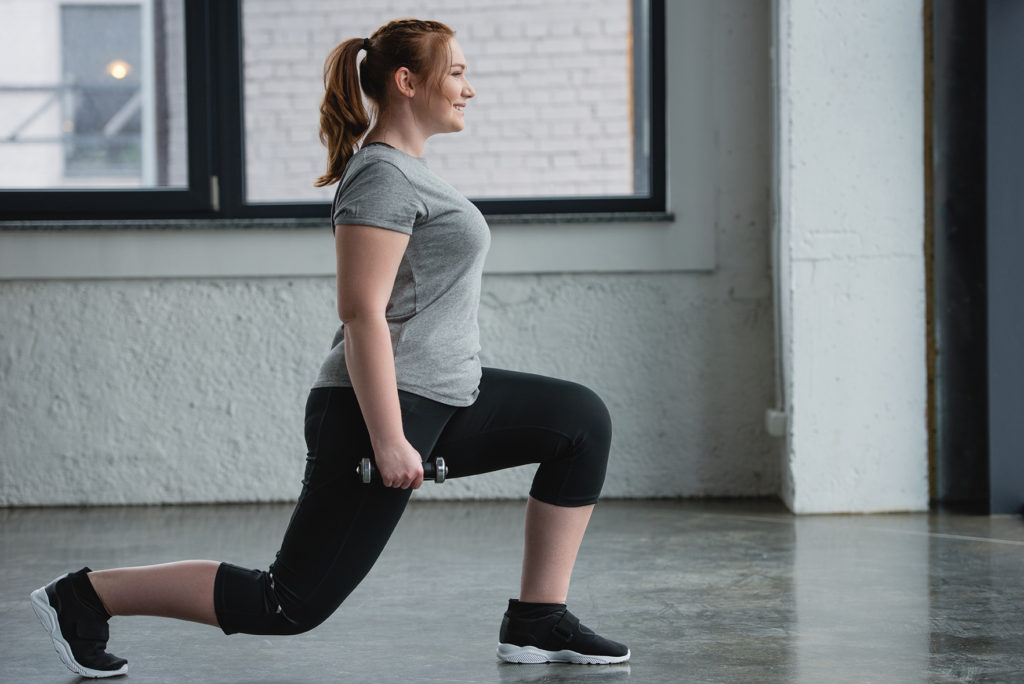Exercise to Improve Your Mood
by: FitnessCoach_AC
 Exercise isn’t just for burning calories and losing weight. The physiological and psychological benefits of exercise are immense; from improved body and organ functions to reduced risks of cardiovascular disease, type 2 diabetes and even cancer. Another huge benefit is improved mental acuity and cognitive function, which will make you feel better.
Exercise isn’t just for burning calories and losing weight. The physiological and psychological benefits of exercise are immense; from improved body and organ functions to reduced risks of cardiovascular disease, type 2 diabetes and even cancer. Another huge benefit is improved mental acuity and cognitive function, which will make you feel better.
When you feel better, you have a better outlook on life, are more positive, and more likely to continue exercising. It’s a positive cycle. This is because when you exercise your brain releases feel-good chemicals known as endorphins, which are natural painkillers that help boost your mood and make you feel positive. As we’ve previously discussed at the Riordan Clinic, positive thoughts have a huge impact on mood and emotions.
Most people want to exercise to maintain or reduce their waistline and firm up, but that’s a simple way of looking at it. The type of exercise you do will be dependent on your preference, physical capacity, and your mood in that moment. Intense cardiovascular exercise such as running, weightlifting, high-intensity interval training, and aerobic training will increase the release of endorphins as well as other beneficial chemicals for a mood-raising high to keep you in good spirits. Just 30 minutes of intense exercise can raise your mood.
This is also due to the process whereby oxygenated blood refreshes not only your muscles but your brain as well. A study in the eLife Journal reveals that exercise increases levels of the brain-derived neurotrophic factor (BDNF) protein, which improves cognitive function and resistance to injury. The process helps build new brain cells and improves transmission of nervous system signals through the brain. The result is a good, intense workout session that leaves you feeling mentally sharp and invigorated.
Running is a great intense workout and the quintessential mood enhancer. It can be done alone, or preferably in a group, where keeping pace with others will motivate you to new heights. It is also a great way to strengthen your bones and heart. Very Well Fit list yoga as top among mood lifting exercises because it relieves tension and stress by exercising your breathing. Yoga will also elongate your muscles for improved range of motion, help you prevent non-contact injury, and allow your entire body to function in unison.
While exercise is great to get you into shape, and keeping you there, it is also essential for injury recovery, injury prevention and improving your performance – three factors that can improve mood. Ladbrokes wrote about how Czech international goalkeeper Petr Cech suffered a head injury, which could have easily been fatal. After surgery and through his recovery, Cech was still plagued by headaches and mood disorders weeks after the incident. In an interview with The Guardian almost two weeks after his injury, Cech revealed how he would wake up because of horrible headaches and the strong medication. Injuries, especially serious head and brain injuries, can be the death of motivation, and getting back to fitness is a long road. Yet, overcoming the pain, and working towards rehabilitation is great for a creating a positive mood and mindset.
Cech’s rehabilitation was a slow one, as initially he could only move around for 15-20 minutes before he would become fatigued. Over time, his rehabilitation built up to aerobic and anaerobic exercises. In addition to increased BDNF production, aerobic and anaerobic exercise increases the levels of neurotransmitters in the brain including serotonin, epinephrine, norepinephrine, and dopamine. These chemicals have a profound influence on your energy levels and contribute to making you feel rejuvenated after a workout. They reduce stress levels significantly, change your brain chemistry, and can help your memory and thinking.
Studies have shown that the prefrontal and medial temporal cortex, the areas that control thinking and memory, are larger in people who exercise. As such, exercise helps memory and thinking as it reduces insulin resistance, inflammation and stimulates the release of chemicals that affect brain cells. Exercise also promotes the growth of new blood vessels in the brain and helps the survival of existing brain cells. Even simple exercises like regular walking have been shown to enhance creativity and slow the progress of cognitive decline. Ultimately your brain will be happier and so will you.
When you’re feeling happy you’re more likely to continue to exercise because you have a positive outlook and are feeling great about yourself and your body. So, don’t think of exercise just as a way to get to that weight goal you’re aiming for or just to look great; focus on the process which elevates your heart rate, gets your blood pumping, cycles fresh oxygen to your body and changes how you feel both psychologically and physiologically. Exercise is meant to help protect you from diseases, make you feel good and elevate your mood.
Article solely for the use of riordanclinic.org
Prepared by FitnessCoach_AC
Author’s Bio: FitnessCoach_AC (Allie Cooper) is a personal trainer and exercise guru. Her mission is to get everyone she meets to be happy through exercise. She used to be a long-distance runner and shares her experiences and exercise program with children and adults, in schools and workplaces throughout the country. In her spare time, she loves to cook and is an avid fan of broccoli.





